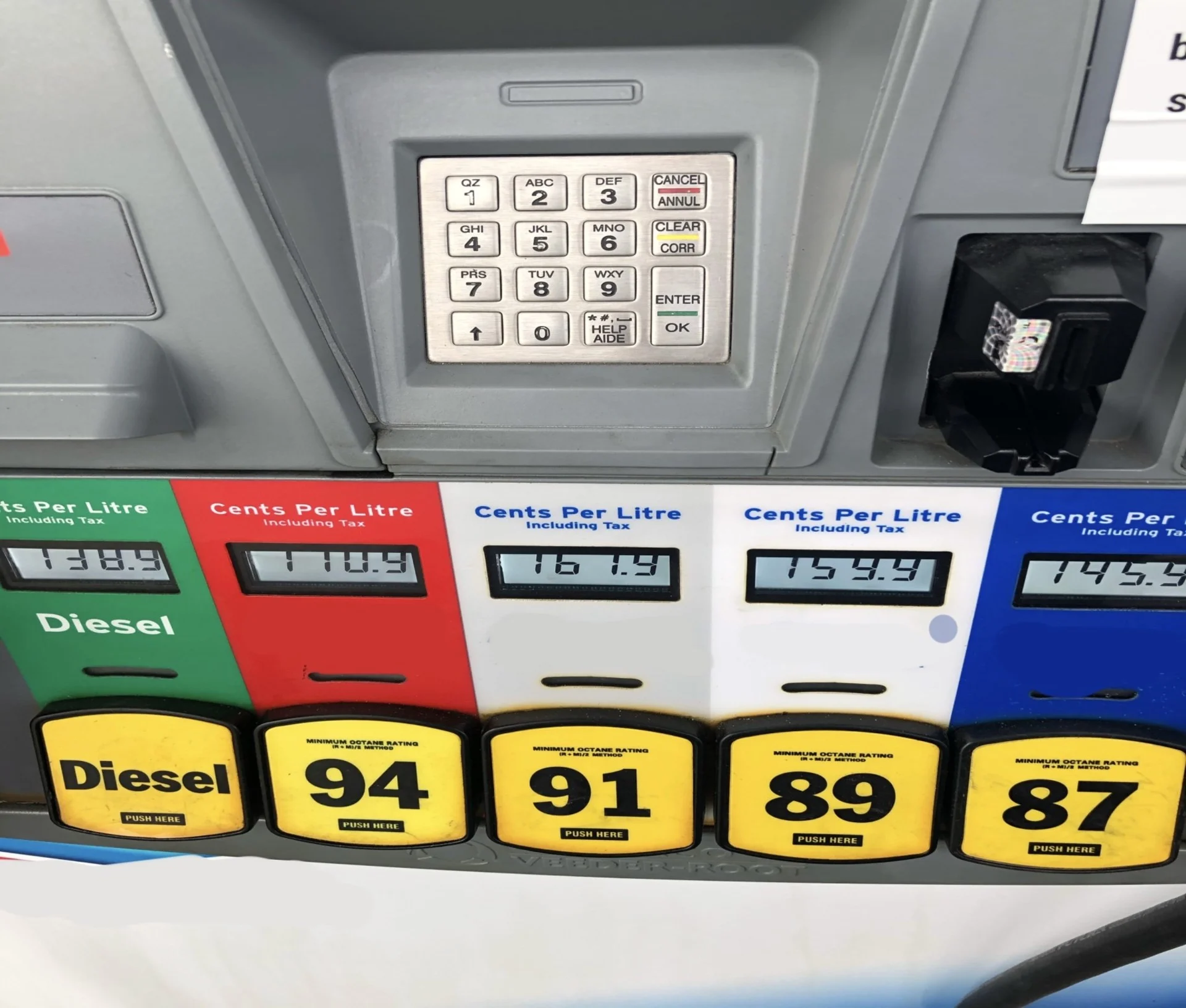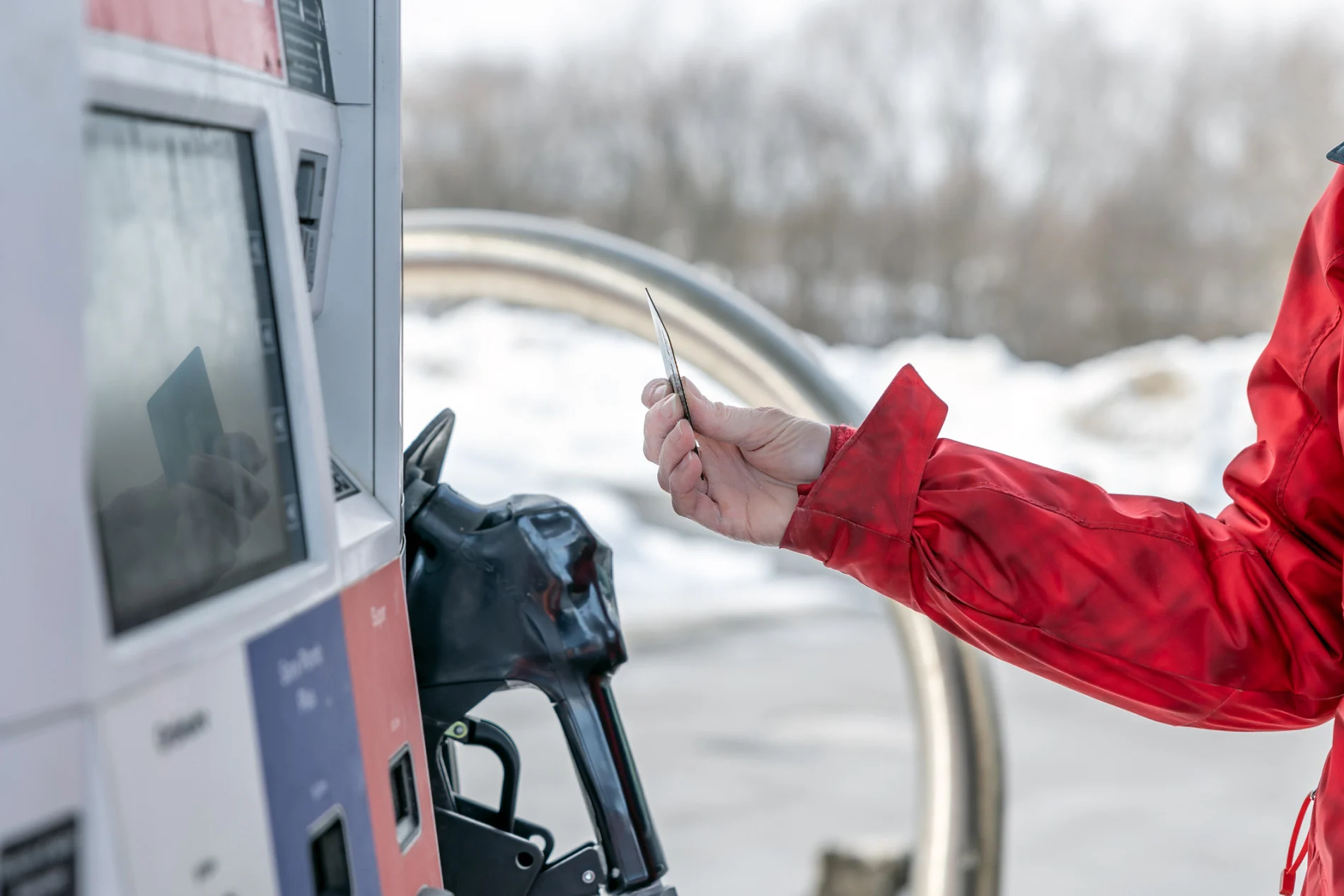
How much money do you actually get back from the carbon tax?
Five years into the program, Canadians are still confused about how the carbon tax works.
The carbon tax has been around since 2019 in Canada — even longer in some provinces — and still most consumers remain unsure how the program works.
How much are you paying? Are you eligible for a rebate? If so, how do you get it and how much do you get?
These are the most common questions consumers have about the carbon pricing program, and they persist because the answers remain convoluted. Part of the reason for this is politics.
“Carbon taxes can be a challenge politically,” Matto Mildenburger, political science professor at the University of California Santa Barbara, told The Weather Network (TWN). “This is because, as a policy, carbon taxes foreground policy costs while backgrounding the benefits.”
“Almost everyone is going to benefit from having a stable climate, but the focus of political debate centers on the tax,” Mildenburger added.

According to Ontario’s Federal Carbon Tax Transparency Act, every gas station pump in the province is required to display the provincial carbon tax sticker outlining the cost of the carbon tax on gasoline. (Onfokus/ iStock/ Getty Images Plus)
Mildenburger is the lead author on a major study describing how Canada’s carbon pricing program impacts public support for climate policy.
The study chose to examine Canada’s program, and a similar program in Switzerland, because they are “revenue-neutral” — meaning that the tax will have, on average, no impact on consumer pocketbooks. In most cases, in fact, consumers stand to make money through rebates.
“In Canada, over 80 per cent of households come out as winners with the carbon tax and rebate program,” Mildenburger told TWN.
Politics is not the only problem. Perhaps the central challenge to determining your own costs and benefits from the program — officially called the Greenhouse Gas Pollution Pricing Act — is that it affects each Canadian differently.
SO, WHAT DO CANADIANS PAY WITH THE CARBON TAX?
For simplicity's sake, we will not concentrate on the carbon pricing aimed at industrial facilities, and instead look at how a carbon levy on fuel used for transportation or home heating affects the bottom line of every day Canadians.
It is important to note, though, that because some provinces meet their carbon pricing requirements through a system aimed at the big industrial emitters, the residents of these provinces see less of an increase to their prices than on average.
In Quebec, for example, the tax on gasoline for drivers is about half the federally mandated rate. Nova Scotia has almost no carbon tax on gasoline and a tiny hit of 31 cents per cubic metre for home heating. But since these provinces are not part of the federal plan, their residents do not receive a rebate.
Residents of all other regions — except P.E.I., N.W.T., and Newfoundland and Labrador — will pay the 8.8 extra cents per liter of gasoline; and most will pay around an extra $1.50 per cubic metre for home heating.
Yet some of these provinces cushion the impact of the increases by lowering their own taxes on oil, gasoline, and propane, thereby saving consumers from bearing the financial burden.
As a result, only the residents of four provinces — Ontario, Alberta, Saskatchewan, and Manitoba — bear the full direct cost of the federal tax, which is why residents of these provinces receive the federal rebate, also known as the Climate Action Incentive (CAI).
RELATED: Is a new tax break for Canada's oil and gas industry a mistake? Experts weigh in
As heating and transportation needs vary from province to province on average, so too will the amount of the rebate. In Ontario, for example, the government estimates the annual cost increases to total, on average, $463. An average rebate in Ontario is $571.
In Saskatchewan, harsher winters and longer travel means an average cost increase of more than $1,000. Rebates in that province, however, also average more than $1,000.
This is what is meant by “revenue-neutral” — the benefits of the tax are reaped by consumers both environmentally and economically.
The problem, as Mildenburger’s study has determined, is that most people don’t know it. For example, almost half of the respondents from Ontario were not even aware they had received a rebate. Those who were aware of the rebate in Saskatchewan believed it to be about half of what it actually was.
“Most voters in our sample underestimated their rebates,” Kathryn Harrison, professor of political science at the University of British Columbia, told TWN.
“Almost all thought they were paying more in carbon taxes than they are getting back in rebates, even though the opposite is true for a significant majority of those subject to the federal carbon tax.”
Both Mildenburger and Harrison also found that misunderstanding, or mistrust, of the program ran on partisan lines, with right-leaning voters more unaware of the program’s financial benefits.
This comes as little surprise considering that the vacuum caused by all the complexity and uncertainty is often filled with political gamesmanship.
“Politicians make a conscious choice whether to provide selective or downright misleading information to voters about whether carbon taxes work, how much they cost, and whether rebates are being distributed,” Harrison said.
“Voters are not the same as consumers, individually assessing the prices for known products,” Harrison added. “Carbon taxes and other climate policies are not like toothpaste, so voters tend to look to those they trust for information on whether the policies work, and on the costs and benefits to them.”
According to the study, the result has been that even carbon pricing programs in which consumers stand to gain, like those in Canada and Switzerland, have shown little to no increase in support for climate policy.
“We find that the impacts have been limited to date,” Mildenburger said. “The public remains unaware of the rebates, underestimates their size, and partisanship structures their carbon tax attitudes — not these material benefits.”
“Because opponents have spread misinformation about policy costs, people also don't understand that most people are receiving more in their dividend than they pay in tax costs,” Mildenburger added.
Indeed, because the Canadian rebates merely appear as a line on your tax return — less tax owing or a little more refund at the end of the fiscal year — the public seems hardly to have noticed.
That might change this year, as the government will begin reimbursing the rebates in the form of quarterly cheques.
HOW DOES THE CARBON TAX HELP THE CLIMATE?
Support for the carbon tax, or at least tolerance of it, will be tested further in the coming years as the pandemic wanes and travel increases, bumping up personal fuel usage; as governments come and go; and as the cost of the tax continues to rise — to as much as 38 cents per litre by 2030, according to some estimates.
The rebates will go up just as the tax does, but that won’t matter if people don’t know they exist.
Considering the implications on the climate crisis, it is an important narrative to get right.
"Carbon pricing is an essential tool in the toolbox of solutions governments must use to tackle climate change,” Catherine Abreu, executive director of Destination Zero told TWN.
“Canada's carbon price sends a critical signal to the whole economy that it is no longer free to pollute, and pushes the private sector to find innovative, climate-safe ways to do business.”
Abreu added, “Canada's experience also shows us that we can price pollution in a way that protects lower income households and communities, and puts money directly back into peoples' pockets so they feel the benefits of shifting to a cleaner economy.”
If people come to understand the benefits — both environmentally and economically — of carbon pricing, perhaps the politics will wane.
“In many countries there is strong cross-party consensus on carbon pricing,” Harrison noted. “[Politicians] don’t have to play political games in the face of an existential crisis.”
Thumbnail credit: Jarvell Jardey/ iStock/ Getty Images Plus
